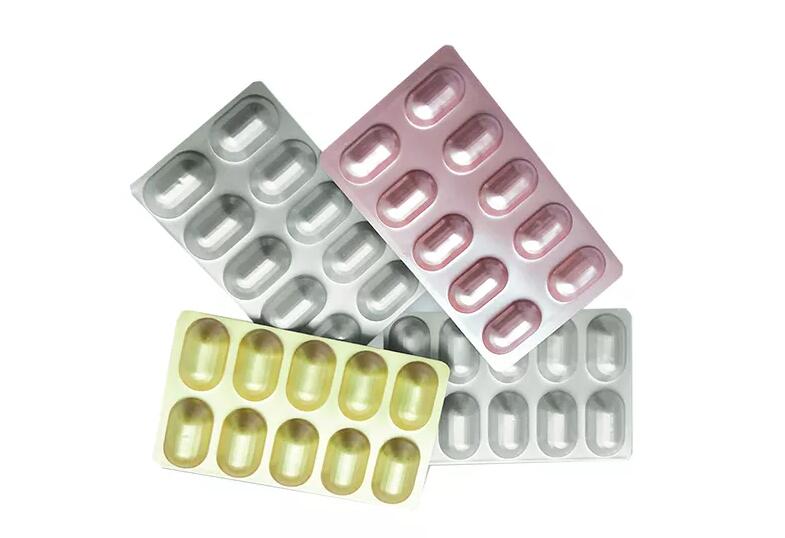Jul. 10, 2023
Packaging & Printing
In blister packaging, the cold forming process, also known as cold form foil packaging, is a specialized technique used to create blister packs that offer enhanced protection and tamper resistance for pharmaceutical and healthcare products. Unlike traditional thermoforming, which involves heating and shaping plastic sheets, cold forming utilizes aluminum-based laminate structures to form the blister cavities.
The cold forming process begins with an aluminum-based laminate foil that is typically composed of multiple layers. These layers often include aluminum, nylon, and PVC or PVDC. The aluminum layer provides excellent barrier properties, protecting the contents from moisture, light, and other external factors. The nylon layer enhances the mechanical strength of the blister pack, while the PVC or PVDC layer acts as the heat-sealable and formable material.
To create the blister cavities, the cold forming process involves several steps:
Material Preparation: The aluminum-based laminate foil is unwound and prepared for the forming process. It is essential to ensure the foil is clean and free from any contaminants.
Forming: The prepared foil is fed into a cold forming machine, which utilizes a stamping or punching mechanism to create cavities in the foil. The cavities correspond to the shape and size of the product to be packaged.

Deformation: The cold forming machine applies pressure to the foil, causing it to deform and take the shape of the cavities. The process typically involves a combination of stretching and cold working of the material, resulting in a blister pack with precise dimensions and excellent mechanical strength.
Sealing: Once the cavities are formed, the next step is to seal the aluminum-based laminate with a lidding material. This lidding material is usually a heat-sealable aluminum foil that provides a secure and tamper-evident seal for the blister pack.
Cutting and Stacking: After sealing, the blister packs are cut into individual units and stacked for further packaging and distribution.
The cold forming process offers several advantages for blister packaging in the pharmaceutical industry:
Enhanced Product Protection: The use of an aluminum-based laminate foil provides superior barrier properties, protecting the contents from moisture, oxygen, and light. This helps to maintain the stability and efficacy of pharmaceutical products.
Tamper Resistance: The strong mechanical properties of the cold formed blister packs make them tamper-resistant. The robust nature of the material makes it difficult to tamper with the package without leaving visible signs of tampering.
Extended Shelf Life: The excellent barrier properties of the cold formed blister packs contribute to an extended shelf life for the packaged products. The protection against moisture and oxygen ingress helps to preserve the product's integrity and potency over an extended period.
Customizable Cavities: The cold forming process allows for the creation of customized blister cavities, accommodating various shapes, sizes, and product configurations. This flexibility makes cold forming suitable for a wide range of pharmaceutical and healthcare products.
In conclusion, the cold forming process in blister packaging involves using an aluminum-based laminate foil to create precise cavities for pharmaceutical products. This technique offers enhanced product protection, tamper resistance, extended shelf life, and the ability to customize blister cavities. By leveraging the advantages of Cold Form Blister Packaging, pharmaceutical manufacturers can ensure the safety, integrity, and longevity of their products.
Previous: What are Sausage Casings Made of?
Next: Sustainable Packaging Solutions: Promoting Eco-Friendly Practices
If you are interested in sending in a Guest Blogger Submission,welcome to write for us!
All Comments ( 0 )